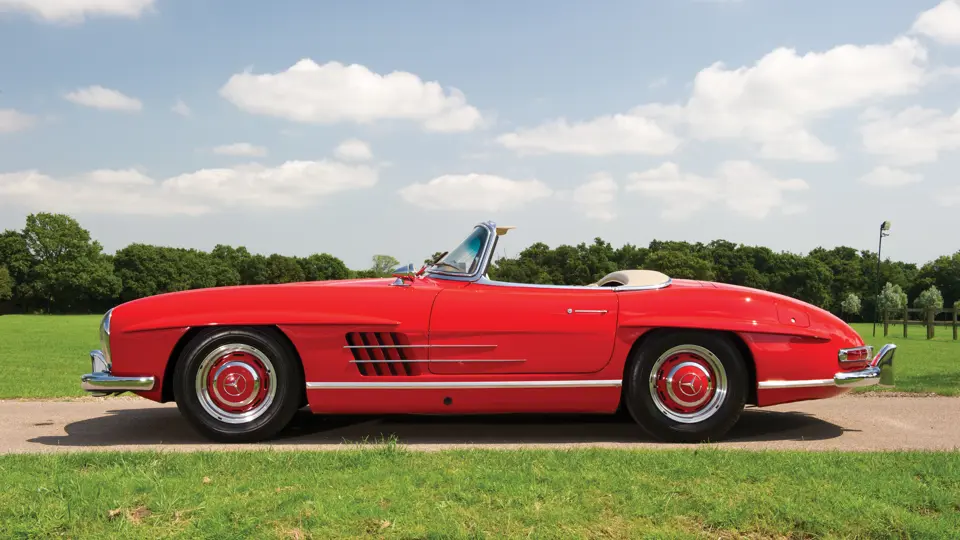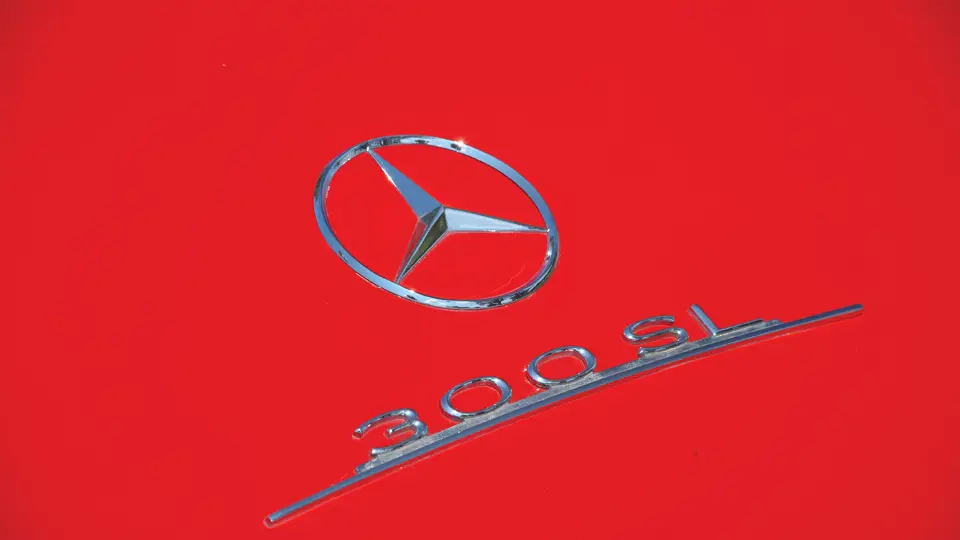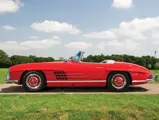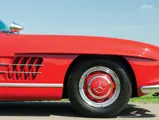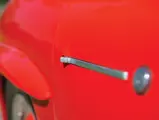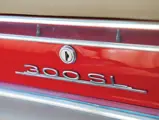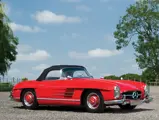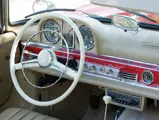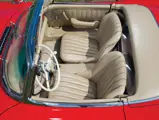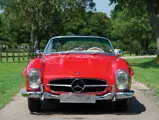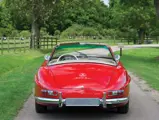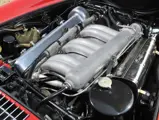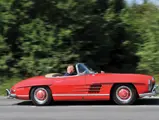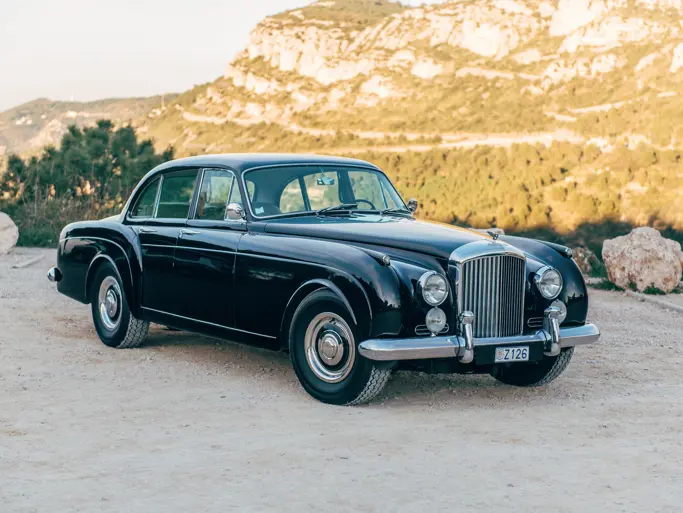215 bhp (DIN), 240 hp (SAE), 2,996 cc overhead-camshaft inline six-cylinder engine, four-speed manual transmission, coil-spring independent front suspension and coil-spring single-point swing axle rear suspension, and servo-assisted drum brakes. Wheelbase: 2,400 mm
To many, the Mercedes-Benz 300 SL is an automobile that needs no introduction. American Mercedes-Benz importer Max Hoffman was convinced that a road-legal version of the successful W194 racer would be profitable in the United States. He knew that his clients would love the performance and styling of such a vehicle, so he lobbied the top brass at Mercedes-Benz to develop the car. Luckily for him, and us, Hoffman’s wish was granted.
The automobile that followed was nothing short of extraordinary. The 300 SL sported a chassis directly developed from lessons learned whilst campaigning the W194, and it was the first production automobile that used fuel injection as opposed to carburation, which was a technological advancement that allowed it to become the fastest street-legal car of its day. When it premiered at the 1954 New York Auto Show, the public fell in love with the car not only for its performance but also for its breath-taking good looks and proportions. The design of the 300 SL would even catch the eye of Andy Warhol in 1986, as it was featured in his painting entitled Cars, which was commissioned by German art dealer Hans Meyer.
Max Hoffman wanted an open version from the very beginning, and after the success of the coupé, a convertible version of the 300 SL was released, going on to attract even more buyers towards Mercedes-Benz’s most innovative sports car. Since the 300 SL would lose its top, engineers reinforced and modified the space-frame chassis to fit conventionally hinged doors, which simultaneously allowed for greater ease of entry as the height of the chassis was lowered on the door line, albeit it was a small forfeiture of the original model’s character. Designers used this opportunity to make several slight changes to the 300 SL’s body, and many installed new headlights and a smaller grille opening and fitted dual chrome strips on the side sills, to give the car a more streamlined and glamorous look. The roadster was introduced in 1957, and it offered the performance and style that the coupé was known for but with a dash of practicality and the thrill of open-air driving, making for a motoring experience that was second to none.
In order to keep performance on par with the coupé, all roadsters were offered with the more sporting NSL engine of the coupé as standard configuration. This made the roadster capable of top speeds that ranged from 133 to 155 mph, depending on the final drive ratio specified. Production of the roadster and the iconic W198 platform stopped in early 1963, with 1,858 examples being produced, making it even more popular than its gull-winged predecessor.
Also like the coupé, the roadster was certainly the item to have for the jet-set in the late ’50s and early ’60s. The 300 SL Roadster was favoured by celebrities for its style and racing drivers for its performance and brilliant engineering, and they often found homes with just about anyone who appreciated fine machinery, and those who had the bank account to acquire it. With a list price of $11,000 when new, the style and performance it provided certainly came at a price. As with all great and historically important automobiles, it has retained that same persona to this day, and it remains amongst the world’s most desired cars.
The Roadster offered here, chassis number 8500289, was originally delivered in France on 21 October 1958 and was finished in Ivory (DB 608). A Mercedes-Benz Classic Certificate, a copy of which is on file, records it as having been built with engine number 8500292, which is still present under the bonnet today. As the car was delivered new in Europe, it is equipped with all of the features common to European-specification roadsters. Most famous of those features is the one-piece “Euro” headlights, which this car has worn since new.
The car was later acquired by a Mr Porter, of Kensington, England, who was its owner as of 1991. In 1992, it was sold to Jose Beltran, the principal dealer of Mercedes-Benz in Barcelona, who retained ownership of the car for 19 years and displayed it at the Mercedes-Benz Classic Days at Brooklands in 2008.
At the time of its purchase by the current owner, the car had already been refinished in classic Mercedes-Benz Fire Engine Red and Parchment upholstery, with the work reportedly taking place around 2001, whilst in the ownership of the Barcelona dealer. Its restoration is said to have used only original Mercedes-Benz parts, and the car was equipped with the optional Becker Mexico radio. Additionally, the boot contains a set of correct fitted luggage with plaid liners, and the odometer records 90,597 kilometres.
This is an eminently enjoyable example of one of the most classic European sports cars of its era.




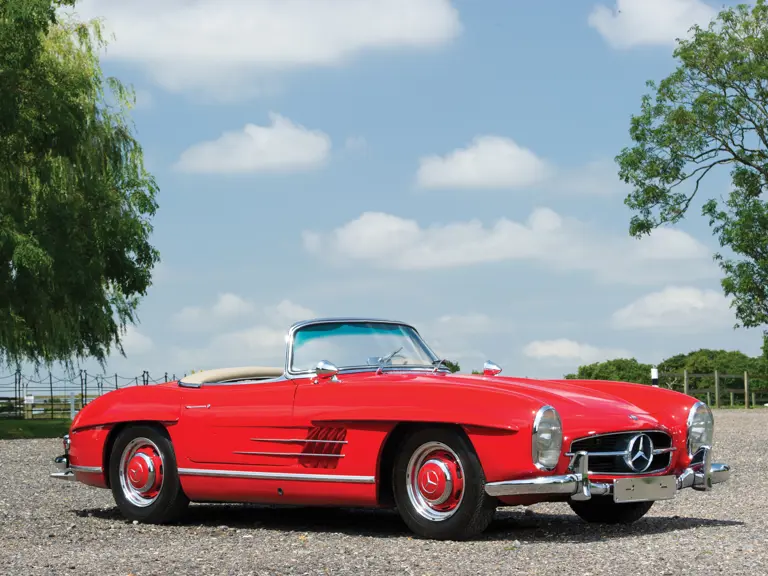

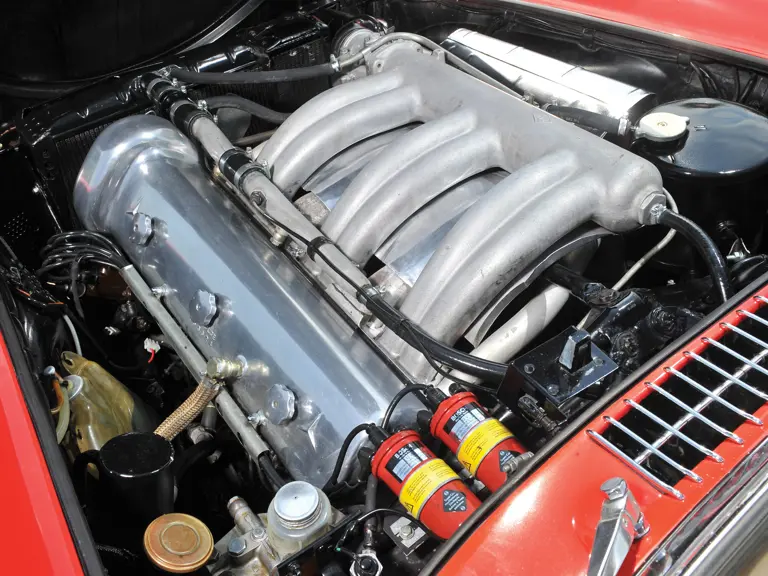
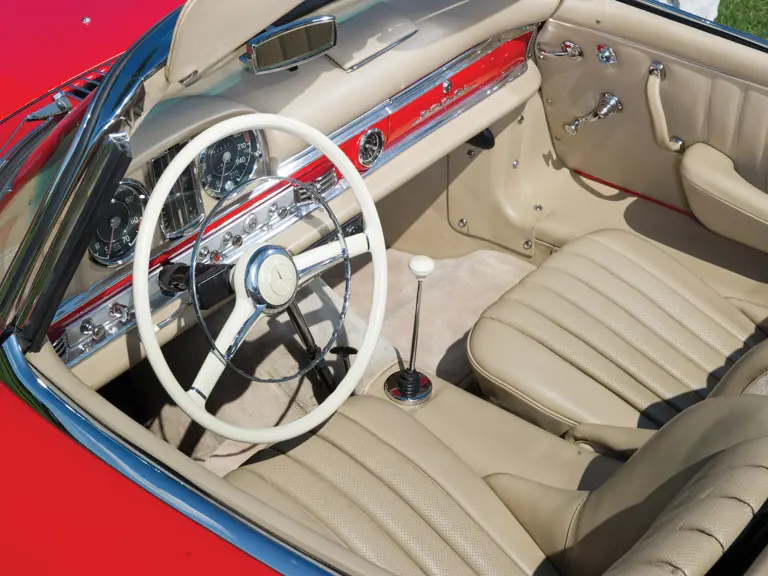
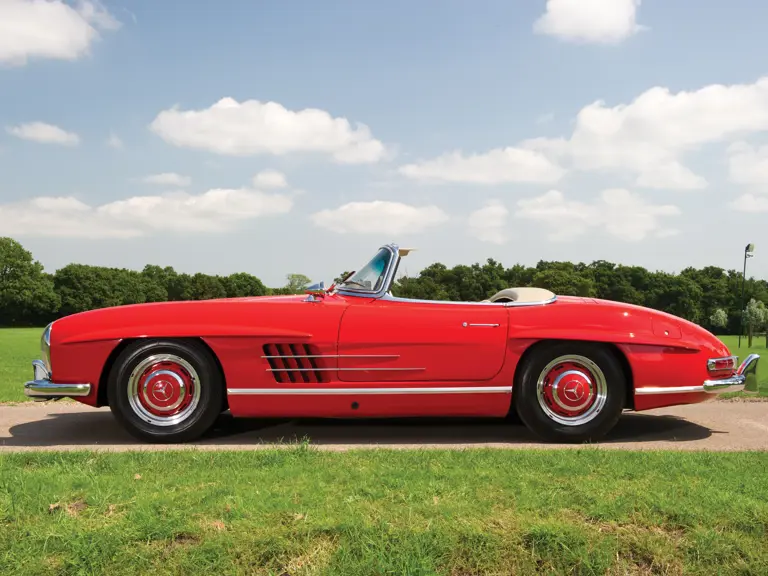

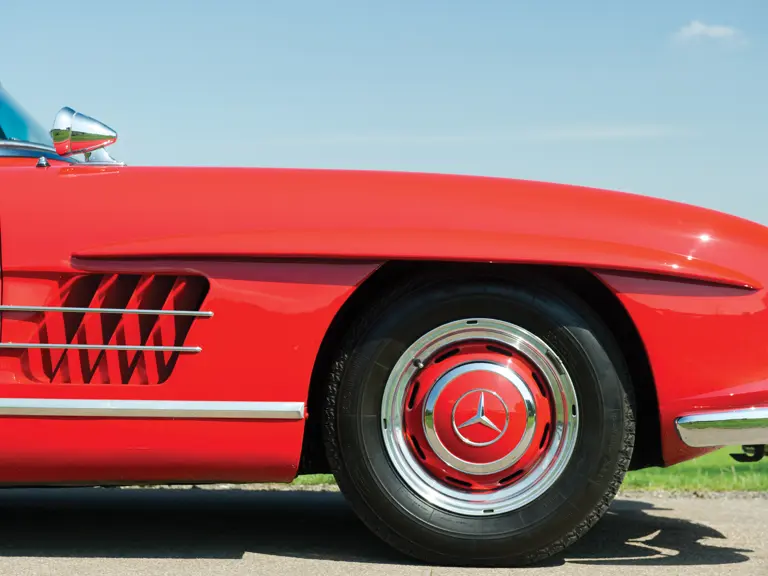
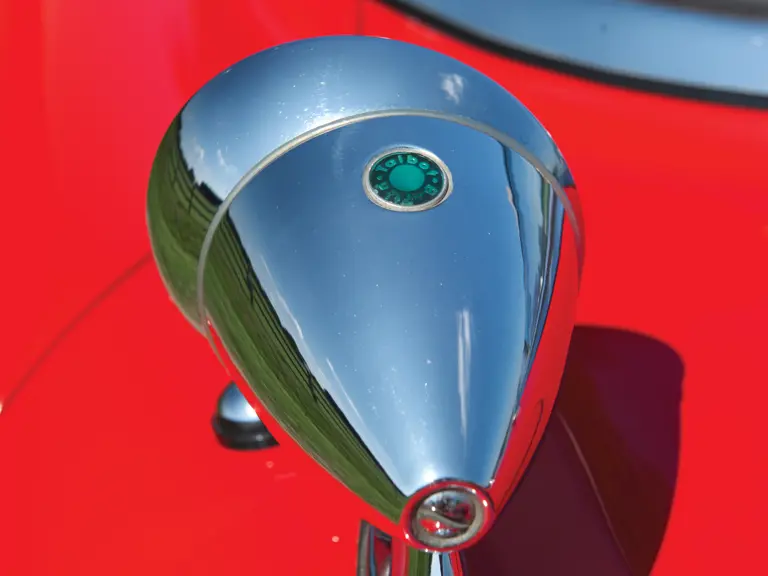
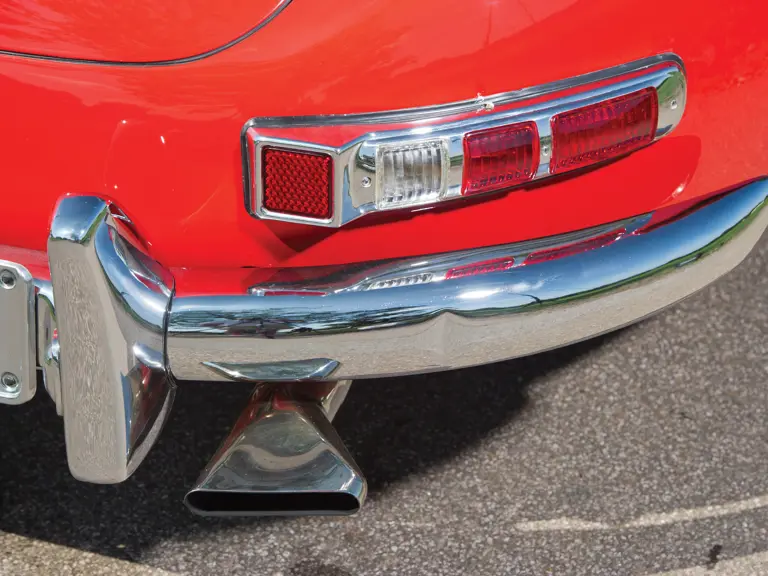
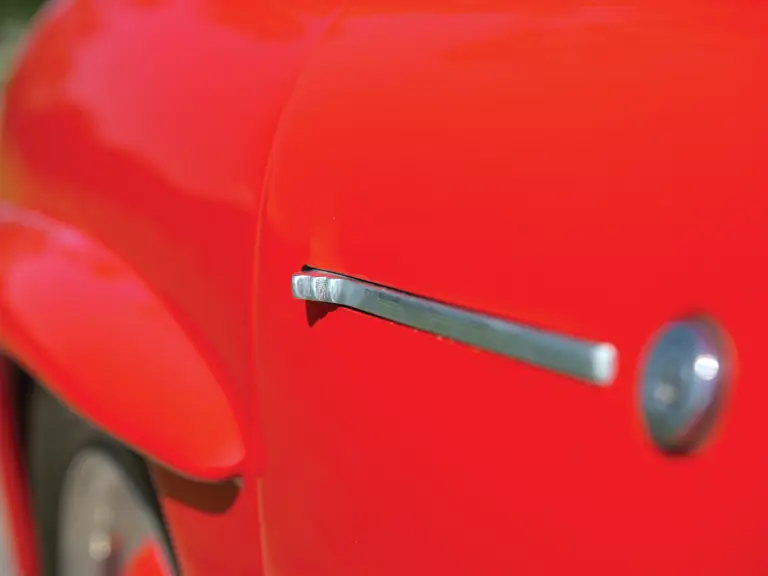
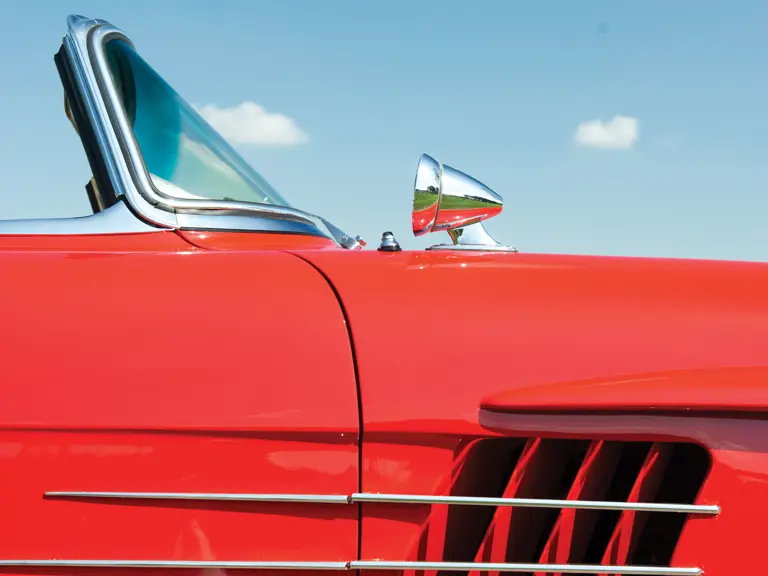
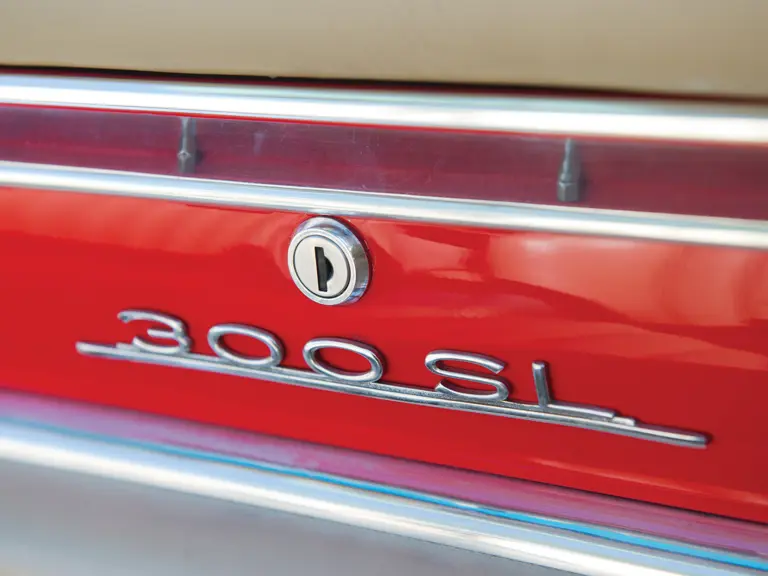
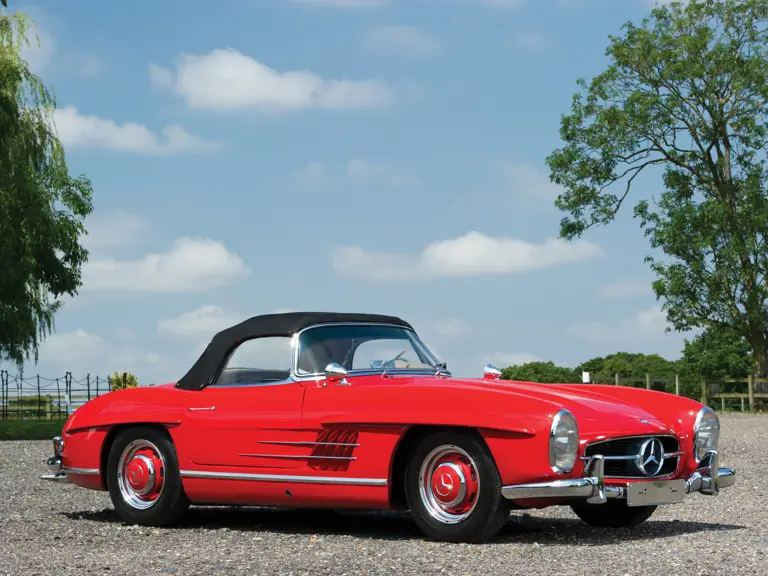

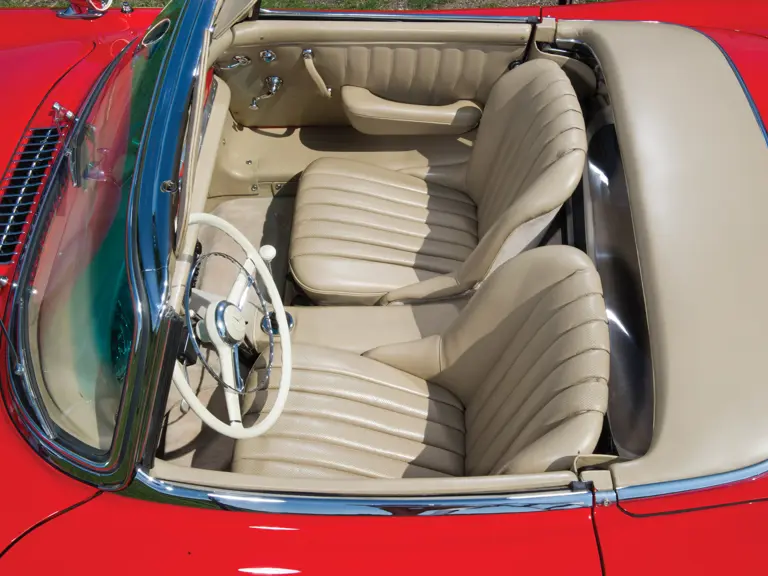
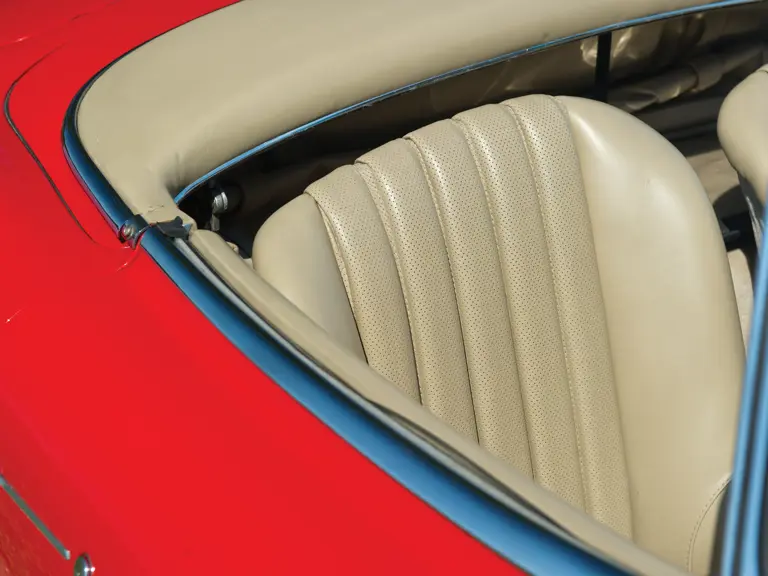
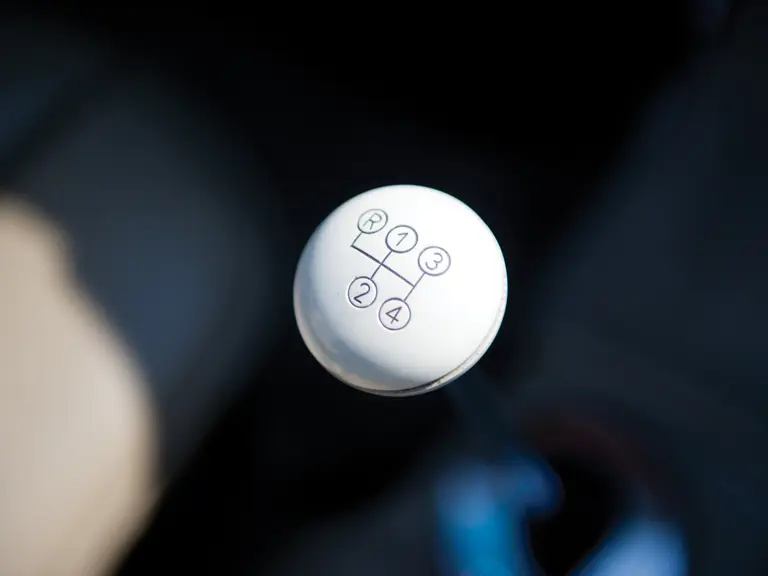
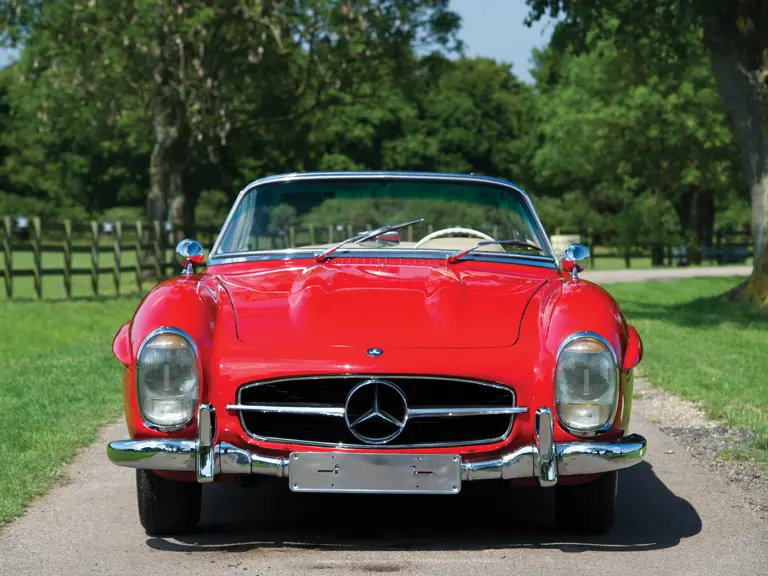
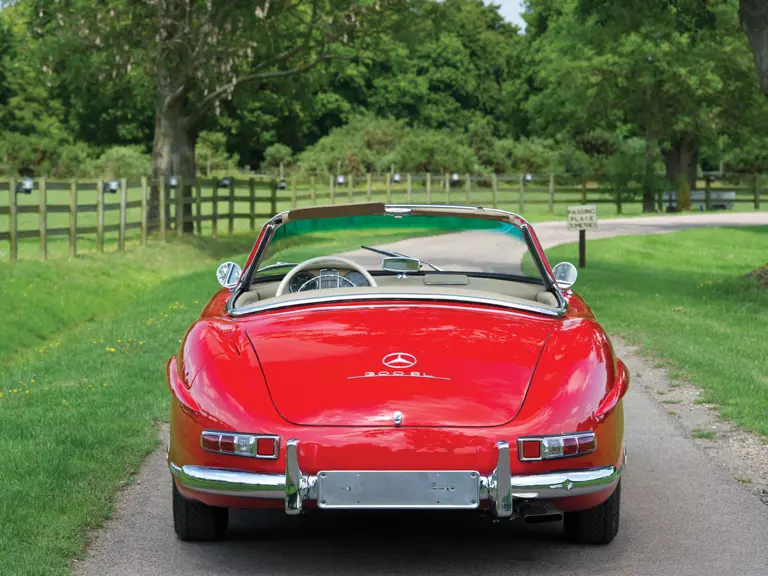
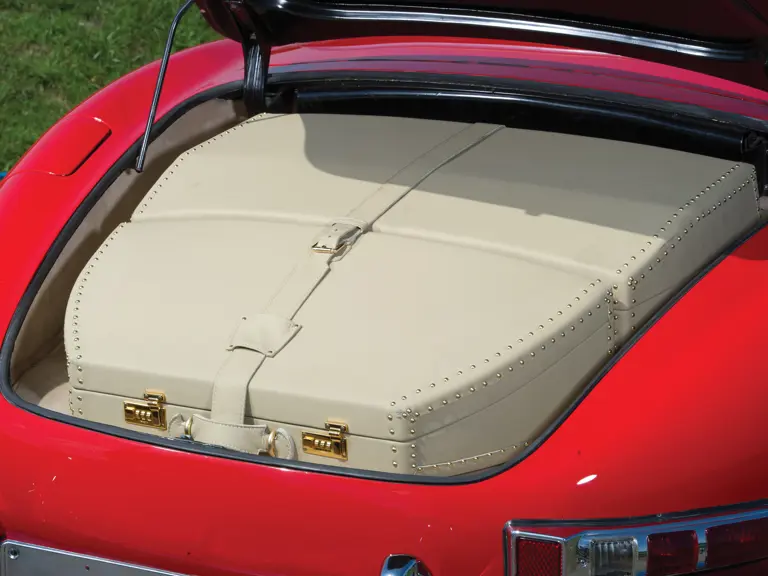
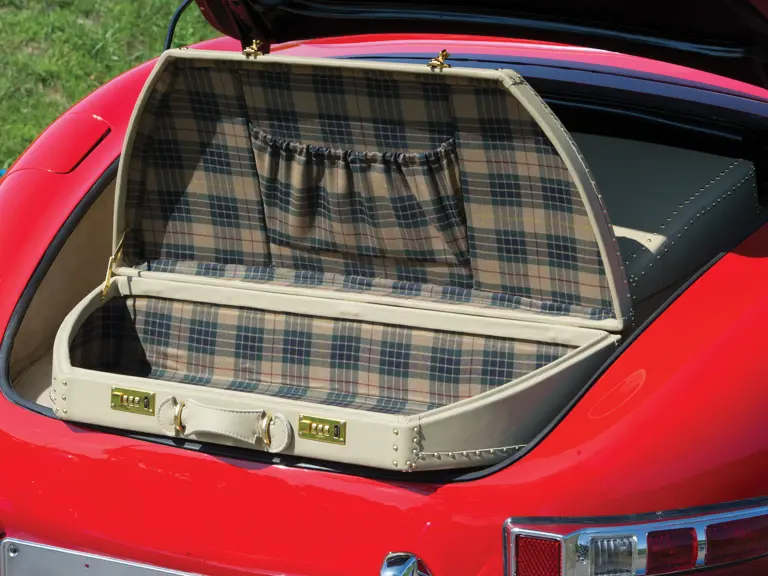
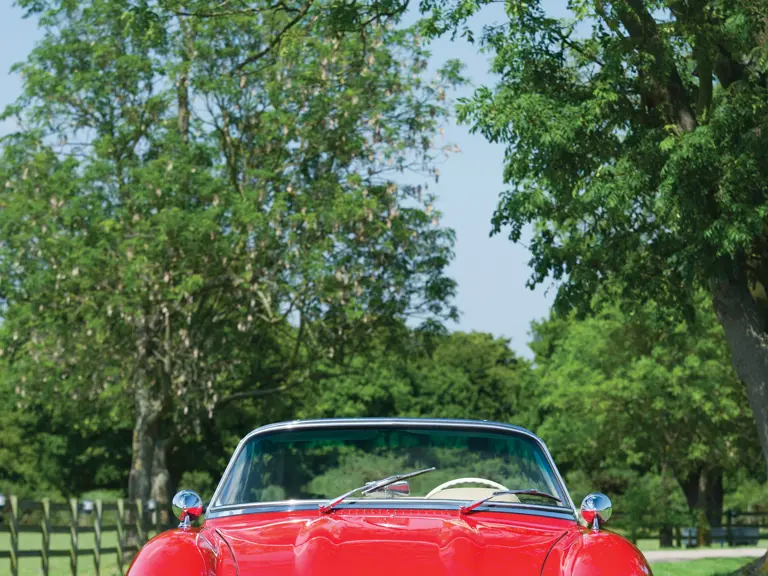
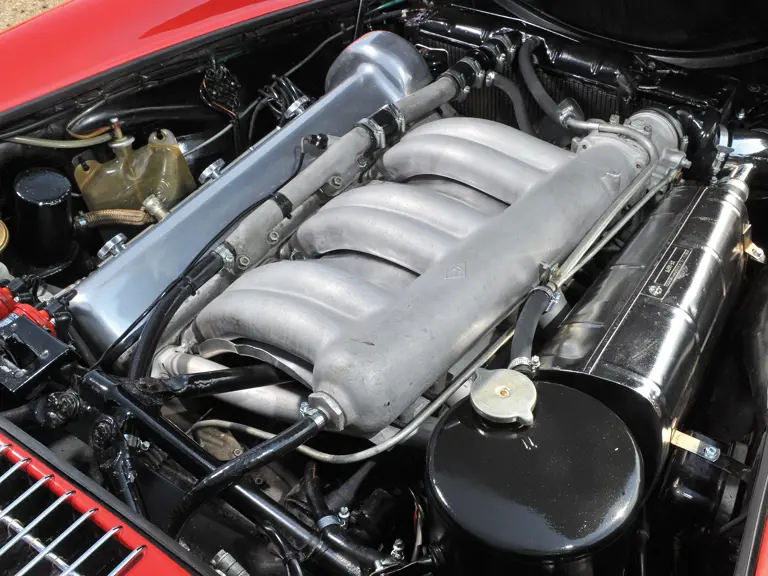
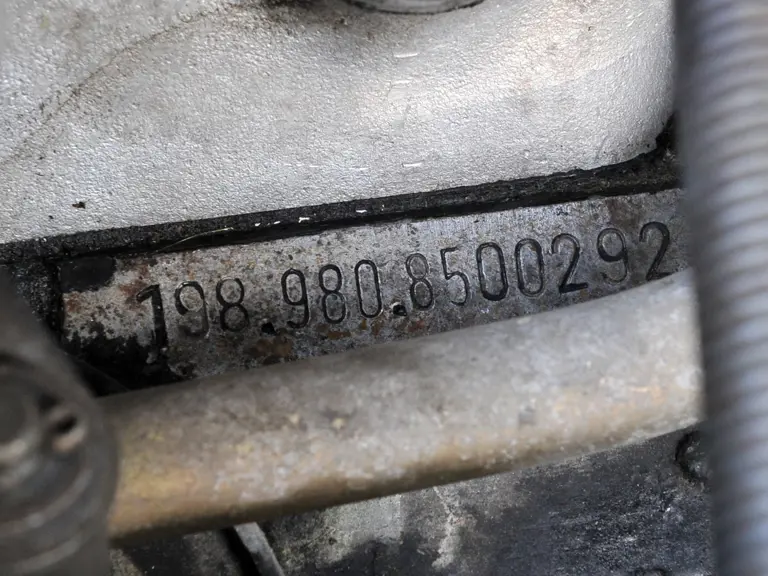
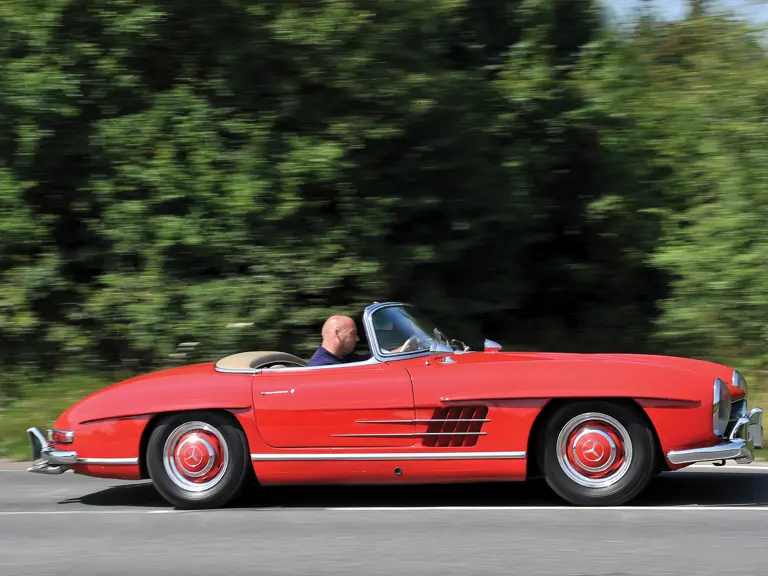
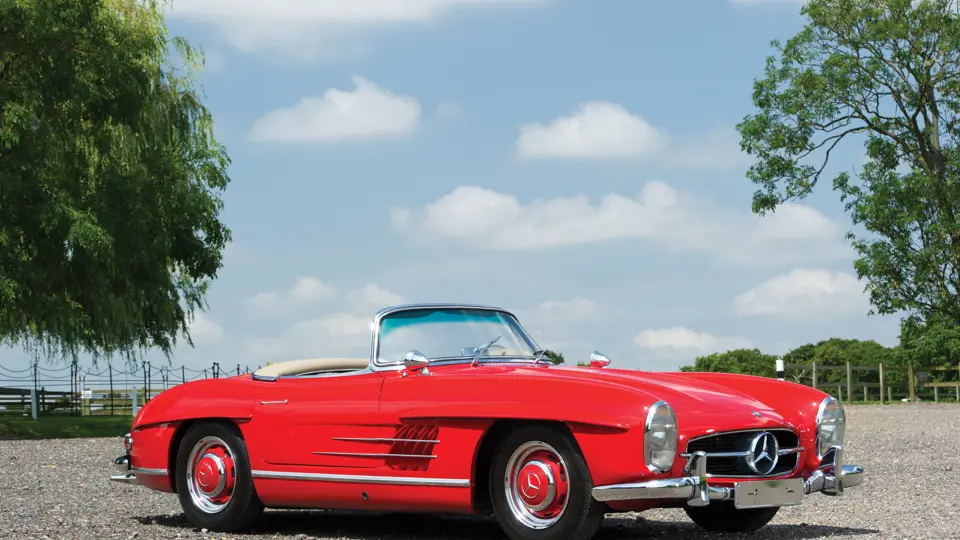
 | London, United Kingdom
| London, United Kingdom
